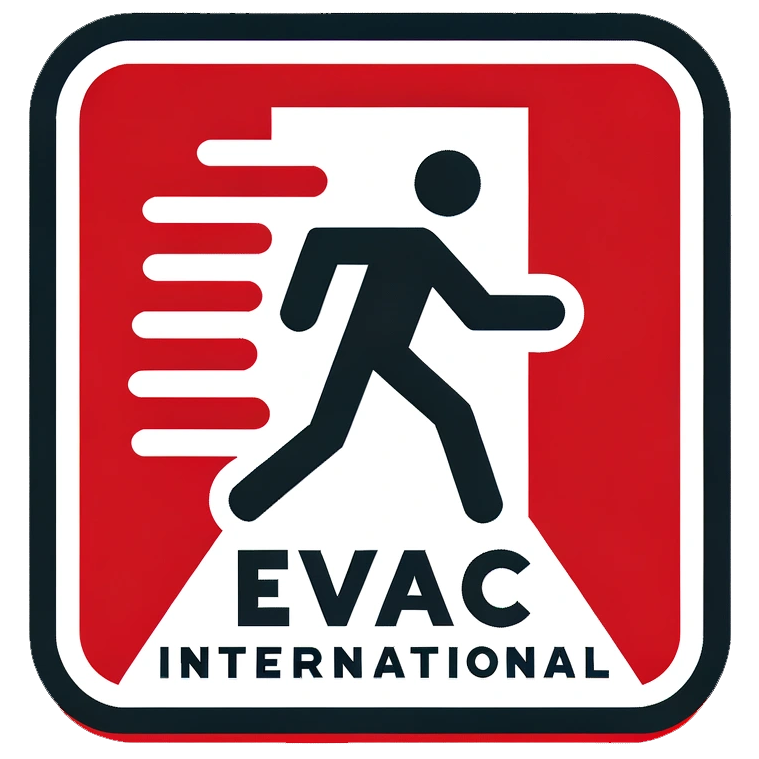As a fire safety and evacuation expert, I firmly believe that no company or public building should be without evacuation chairs. These specialized chairs are crucial for ensuring the safety and protection of all individuals, especially those with mobility issues, during an emergency evacuation. In this article, I will discuss the importance of evacuation chairs, their benefits, and the necessity of implementing them in all public spaces.
First and foremost, it is essential to understand the need for evacuation chairs in the context of fire safety and emergency evacuations. In the event of a fire or other emergency situation, the ability to safely and efficiently evacuate all occupants from a building is paramount. However, traditional evacuation methods may not be feasible for individuals with mobility impairments, such as those who use wheelchairs or have difficulty navigating stairs. This is where evacuation chairs play a crucial role in ensuring that everyone has the means to evacuate safely and quickly.
One of the key benefits of evacuation chairs is their versatility and adaptability to various building layouts. These chairs are designed to navigate staircases with ease, allowing individuals with mobility impairments to be safely transported to ground level or a designated evacuation area. This means that regardless of the building’s design or layout, evacuation chairs provide a reliable and efficient means of evacuation for all occupants.
Furthermore, evacuation chairs are designed with the comfort and safety of the user in mind. They are equipped with secure harnesses and braking systems to ensure a smooth and controlled descent down stairs. In addition, many evacuation chairs are lightweight and compact, making them easy to maneuver and store in a designated location within the building. This accessibility and ease of use make evacuation chairs an essential component of any comprehensive emergency evacuation plan.
In addition to the practical benefits of evacuation chairs, it is also important to consider the legal and ethical implications of their implementation. In many countries, regulations and standards regarding fire safety and emergency evacuations require that buildings provide adequate means of egress for all occupants, including those with disabilities. Failure to comply with these regulations not only puts individuals at risk but also leaves the building owner or operator liable for any injuries or fatalities that may occur as a result of inadequate evacuation procedures.
By investing in and implementing evacuation chairs, companies and public building owners are not only fulfilling their legal obligations but also demonstrating a commitment to the safety and well-being of all individuals. This proactive approach to fire safety and emergency preparedness not only protects occupants but also enhances the reputation and credibility of the organization.
Moreover, the presence of evacuation chairs in a building can also have a positive impact on the overall accessibility and inclusivity of the space. By providing a means of safe evacuation for individuals with mobility impairments, buildings send a clear message that they are dedicated to accommodating the needs of all individuals, regardless of their physical abilities. This can contribute to a more inclusive and welcoming environment for employees, customers, and visitors alike.
In conclusion, evacuation chairs are an indispensable component of any comprehensive fire safety and emergency evacuation plan. Their versatility, safety features, and legal implications make them a crucial investment for companies and public buildings. By providing a means of safe evacuation for individuals with mobility impairments, evacuation chairs not only protect the public but also contribute to a more accessible and inclusive environment. Therefore, it is imperative that all companies and public buildings prioritize the implementation of evacuation chairs to ensure the safety and protection of all occupants.

